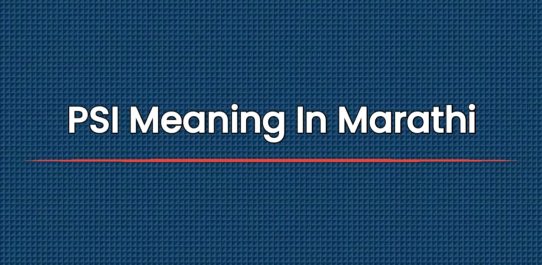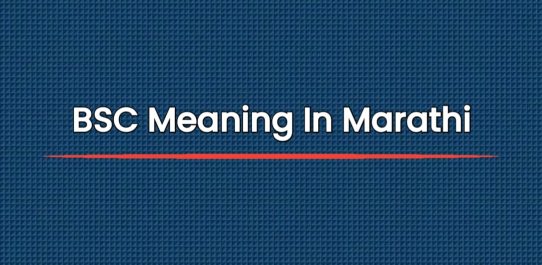Simple Past Irregular Verbs PDF Free Download
Introduction
Navigating the intricacies of English grammar can be a challenging feat, especially when it comes to verb tenses. The simple past tense, used to describe actions that occurred in the past, often throws a curveball with irregular verbs. Unlike regular verbs that follow a predictable pattern, irregular verbs have their own unique forms in the past tense. In this article, we’ll delve into the world of simple past irregular verbs, explore their formations, and provide insightful examples to enhance your understanding.

Unraveling the Irregularity
What Sets Irregular Verbs Apart
Before diving into the complexities of in the simple past tense, let’s briefly touch on what makes them stand out. Irregular verbs don’t follow the standard pattern of adding “-ed” to their base form to create the past tense. Instead, they undergo unique changes that can seem puzzling to English learners.
Common Irregular Verb Patterns
Irregular verbs can be grouped into several patterns based on their changes in the past tense. These patterns include changes in the vowel sound, changes in the entire word, and those that remain the same in both present and past forms. Understanding these patterns can provide a helpful framework for memorization.
Exploring Verb Changes
Vowel Sound Changes
Some irregular verbs undergo alterations in their vowel sounds when shifting to the past tense. For instance, the verb “sing” becomes “sang,” and “begin” transforms into “began.” These shifts might seem random, but they follow consistent patterns within their respective groups.
Complete Word Changes
In certain cases, change entirely when transitioning to the past tense. For instance, “go” turns into “went,” and “write” becomes “wrote.” These drastic transformations require focused practice to become second nature.
Unchanging Forms
Interestingly, a subset of maintains the same form in both present and past tenses. The verb “put” is an example; it remains unchanged regardless of the tense. Other examples include “cut” and “let.” While these may seem like exceptions, they add to the unique charm of English verb conjugation.
Also Read This : Facebook Settlement Claim Form 2023
Mastering Usage Through Examples
Putting Knowledge into Practice
To solidify your understanding of simple past irregular verbs, let’s explore some practical examples:
- Break: I broke my favorite vase yesterday.
- Run: She ran five miles this morning.
- Eat: They ate dinner at a fancy restaurant.
- Bring: He brought his guitar to the party.
Embracing the Learning Process
Patience and Practice
Mastery over in the simple past tense requires patience and consistent practice. The more you immerse yourself in using these verbs, the more natural their forms and usages will become. Don’t be discouraged by occasional slip-ups; they’re all part of the learning journey.
Conclusion
In the tapestry of English grammar, add a layer of complexity that can both frustrate and intrigue learners. However, by understanding the patterns, memorizing examples, and embracing the learning process, you can confidently navigate the realm of simple past. So, go ahead and apply your knowledge, and soon you’ll find yourself using these verbs effortlessly.
FAQs
Q: Are irregular verbs only found in the simple past tense?
A: Irregular verbs can appear in various tenses, but their unique forms are most prominent in the simple past.
Q: How can I remember the irregular verb forms?
A: Practice and repetition are key. Consider making flashcards or using interactive language apps.
Q: Are the same in American and British English?
A: While many irregular verbs are the same, there might be slight differences in usage between the two variants.
Q: Change in other forms, like the present participle?
A: Yes, some irregular verbs have unique forms in other tenses as well.
Q: Where can I find more exercises to practice using irregular verbs?
A: Online language learning platforms and English grammar websites offer a wealth of exercises and resources.
Click Here To Download For Free PDF








